Implicaciones de Lactobacillus Plantarum en Trastornos Patológicos. Revisión Bibliográfica
Resumen
El Lactobacillus plantarum, una bacteria probiótica, ha mostrado beneficios significativos para la salud en diversas áreas. Esta revisión bibliográfica examina estudios que han investigado los efectos del Lactobacillus plantarum en diversas patologías. Los resultados indican que el Lactobacillus plantarum puede mejorar la salud gastrointestinal al modular la microbiota intestinal y reducir la inflamación local. En el ámbito respiratorio, se ha observado que esta bacteria probiótica puede mejorar la función pulmonar al modular la respuesta inmune y reducir la inflamación sistémica. Además, en el ámbito metabólico, el Lactobacillus plantarum ha mostrado una mejora en el metabolismo de la glucosa y los lípidos, lo que puede ser beneficioso para pacientes con diabetes y obesidad. En cuanto a la salud cardiovascular, estudios han encontrado que el Lactobacillus plantarum puede reducir la formación de placas ateroscleróticas, mejorar la función endotelial y disminuir la presión arterial, lo que sugiere un papel protector contra enfermedades cardiovasculares. También se ha observado que el Lactobacillus plantarum tiene efectos beneficiosos en la prevención de infecciones gastrointestinales y respiratorias, así como en la mejora de la salud cutánea al reducir la inflamación y promover la regeneración de los tejidos.
Descargas
Citas
Seddik HA, Bendali F, Gancel F, Fliss I, Spano G, Drider D. Lactobacillus plantarum and Its Probiotic and Food Potentialities. Probiotics Antimicrob Proteins. 2017 Jun 7;9(2):111–22. https://pubmed.ncbi.nlm.nih.gov/28271469/
Behzadnia A, Moosavi-Nasab M, Tiwari BK, Setoodeh P. Lactobacillus plantarum-derived biosurfactant: Ultrasound-induced production and characterization. Ultrason Sonochem. 2020 Jul;65:105037. https://pubmed.ncbi.nlm.nih.gov/32179260/
van den Nieuwboer M, van Hemert S, Claassen E, de Vos WM. Lactobacillus plantarum WCFS 1 and its host interaction: a dozen years after the genome. Microb Biotechnol. 2016 Jul 27;9(4):452–65. https://pubmed.ncbi.nlm.nih.gov/27231133/
Talib, Mohamad, Yeap, Hussin, Aziz, Masarudin, et al. Isolation and Characterization of Lactobacillus spp. from Kefir Samples in Malaysia. Molecules. 2019 Jul 17;24(14):2606.
https://pubmed.ncbi.nlm.nih.gov/31319614/
Ołdak A, Zielińska D, Łepecka A, Długosz E, Kołożyn-Krajewska D. Lactobacillus plantarum Strains Isolated from Polish Regional Cheeses Exhibit Anti-Staphylococcal Activity and Selected Probiotic Properties. Probiotics Antimicrob Proteins. 2020 Sep 28;12(3):1025–38.
https://pubmed.ncbi.nlm.nih.gov/31463690/
Benbara T, Lalouche S, Drider D, Bendali F. Lactobacillus plantarum S27 from chicken faeces as a potential probiotic to replace antibiotics: in vivo evidence. Benef Microbes. 2020 Mar 27;11(2):163–74.
Singhal N, Singh NS, Mohanty S, Kumar M, Virdi JS. Rhizospheric Lactobacillus plantarum (Lactiplantibacillus plantarum) strains exhibit bile salt hydrolysis, hypocholestrolemic and probiotic capabilities in vitro. Sci Rep. 2021 Jul 27;11(1):15288.
https://pubmed.ncbi.nlm.nih.gov/34315963/
Jiang L, Luo Y, Cao X, Liu W, Song G, Zhang Z. LuxS quorum sensing system mediating Lactobacillus plantarum probiotic characteristics. Arch Microbiol. 2021 Sep 31;203(7):4141–8.
https://pubmed.ncbi.nlm.nih.gov/34057545/
Cui S, Chen C, Gu J, Mao B, Zhang H, Zhao J, et al. Tracing Lactobacillus plantarum within the intestinal tract of mice: green fluorescent protein‐based fluorescent tagging. J Sci Food Agric. 2021 Mar 30;101(5):1758–66.
Soltani Khaboushan A, Yazdanpanah N, Rezaei N. Neuroinflammation and Proinflammatory Cytokines in Epileptogenesis. Mol Neurobiol. 2022 Mar 11;59(3):1724–43.
https://pubmed.ncbi.nlm.nih.gov/35015252/
Li Y, Wang X, Yang H, Li Y, Gui J, Cui Y. Profiles of Proinflammatory Cytokines and T Cells in Patients With Tourette Syndrome: A Meta-Analysis. Front Immunol. 2022 May 26;13.
https://pubmed.ncbi.nlm.nih.gov/35693824/
Hanna A, Frangogiannis NG. Inflammatory Cytokines and Chemokines as Therapeutic Targets in Heart Failure. Cardiovasc Drugs Ther. 2020 Dec 9;34(6):849–63.
https://pubmed.ncbi.nlm.nih.gov/32902739/
Siezen RJ, van Hylckama Vlieg JE. Genomic diversity and versatility of Lactobacillus plantarum, a natural metabolic engineer. Microb Cell Fact. 2011;10(Suppl 1):S3.
https://pubmed.ncbi.nlm.nih.gov/21995294/
Betancourt Botero SP, Bolívar Escobar GA, Ramírez Toro C. Fermentación de maíz de alta calidad proteica con Lactobacillus plantarum (CPQBA 087-11 DRM) aislado en Colombia de masas tradicionales fermentadas. Rev Argent Microbiol. 2013 Oct;45(4):282–3.
Gao Y, Liu Y, Sun M, Zhang H, Mu G, Tuo Y. Physiological function analysis of Lactobacillus plantarum Y44 based on genotypic and phenotypic characteristics. J Dairy Sci. 2020 Jul;103(7):5916–30.
Nguyen PT, Nguyen TT, Vo TNT, Nguyen TTX, Hoang QK, Nguyen HT. Response of Lactobacillus plantarum VAL6 to challenges of pH and sodium chloride stresses. Sci Rep. 2021 Jan 14;11(1):1301. https://pubmed.ncbi.nlm.nih.gov/33446763/
Ley-López N, Basilio Heredia J, San Martín-Hernández C, Ibarra-Rodríguez JR, Angulo-Escalante MÁ, García-Estrada RS. Biosíntesis inducida de fengicina y surfactina en una cepa de Bacillus amyloliquefaciens con actividad oomiceticida sobre zoosporas de Phytophthora capsica. Rev Argent Microbiol. 2022 Jul;54(3):181–91.
Michael DR, Moss JWE, Calvente DL, Garaiova I, Plummer SF, Ramji DP. Lactobacillus plantarum CUL66 can impact cholesterol homeostasis in Caco-2 enterocytes. Benef Microbes. 2016 Jun 1;7(3):443–52. https://pubmed.ncbi.nlm.nih.gov/26839071/
Bravo-Ferrada BM, Hollmann A, Delfederico L, Valdés La Hens D, Caballero A, Semorile L. Patagonian red wines: selection of Lactobacillus plantarum isolates as potential starter cultures for malolactic fermentation. World J Microbiol Biotechnol. 2013 Sep 2;29(9):1537–49. https://pubmed.ncbi.nlm.nih.gov/23546829/
Wu J, Yan X, Weng P, Chen G, Wu Z. Homology‐ and cross‐resistance of Lactobacillus plantarum to acid and osmotic stress and the influence of induction conditions on its proliferation by RNA‐Seq. J Basic Microbiol. 2021 Jun 4;61(6):576–90. https://pubmed.ncbi.nlm.nih.gov/33945164/
Guo Q, Li S, Tang J, Chang S, Qiang L, Du G, et al. Microencapsulation of Lactobacillus plantarum by spray drying: Protective effects during simulated food processing, gastrointestinal conditions, and in kefir. Int J Biol Macromol. 2022 Jan;194:539–45.
https://pubmed.ncbi.nlm.nih.gov/34808148/
Suo C, Yin Y, Wang X, Lou X, Song D, Wang X, et al. Effects of lactobacillus plantarumZJ316 on pig growth and pork quality. BMC Vet Res. 2012 Dec 25;8(1):89.
https://pubmed.ncbi.nlm.nih.gov/22731747/
Bringel F, Vuilleumier S, Arsène-Ploetze F. Low Carbamoyl Phosphate Pools May Drive <i>Lactobacillus plantarum</i> CO<sub>2</sub>-Dependent Growth Phenotype. Microb Physiol. 2008;14(1–3):22–30. https://pubmed.ncbi.nlm.nih.gov/17957107/
Kim M, Seo DH, Park YS, Cha IT, Seo MJ. Isolation of Lactobacillus plantarum subsp. plantarum Producing C30 Carotenoid 4,4��-Diaponeurosporene and the Assessment of Its Antioxidant Activity. J Microbiol Biotechnol. 2019 Dec 28;29(12):1925–30.
https://pubmed.ncbi.nlm.nih.gov/31635447/
Sánchez Puche , E. M., Ovalle , C., Coronel Verdecia, A. R., & González Molina, E. (2024). Factores de Riesgos: Desnutrición, sobrepeso y obesidad infantil en la ciudad de Barranquilla. Estudios Y Perspectivas Revista Científica Y Académica , 4(1), 698–712. https://doi.org/10.61384/r.c.a.v4i1.124
Sánchez Puche , E. M., Ovalle , C., Coronel Verdecia, A. R., & González Molina, E. (2024). Factores de Riesgos: Desnutrición, sobrepeso y obesidad infantil en la ciudad de Barranquilla. Estudios Y Perspectivas Revista Científica Y Académica , 4(1), 698–712. https://doi.org/10.61384/r.c.a.v4i1.125
Da Silva Santos , F., & López Vargas , R. (2020). Efecto del Estrés en la Función Inmune en Pacientes con Enfermedades Autoinmunes: una Revisión de Estudios Latinoamericanos. Revista Científica De Salud Y Desarrollo Humano, 1(1), 46–59. https://doi.org/10.61368/r.s.d.h.v1i1.9
Fernández C., F. (2024). Determinación De Erodabilidad En Áreas De Influencia Cuenca Poopo Región Andina De Bolivia. Horizonte Académico, 4(4), 63–78. Recuperado a partir de https://horizonteacademico.org/index.php/horizonte/article/view/19
Medina Nolasco, E. K., Mendoza Buleje, E. R., Vilca Apaza, G. R., Mamani Fernández, N. N., & Alfaro Campos, K. (2024). Tamizaje de cáncer de cuello uterino en mujeres de una región Andina del Perú. Arandu UTIC, 11(1), 50–63. https://doi.org/10.69639/arandu.v11i1.177
Prete R, Long SL, Gallardo AL, Gahan CG, Corsetti A, Joyce SA. Beneficial bile acid metabolism from Lactobacillus plantarum of food origin. Sci Rep. 2020 Jan 24;10(1):1165.
Prete R, Long SL, Gallardo AL, Gahan CG, Corsetti A, Joyce SA. Beneficial bile acid metabolism from Lactobacillus plantarum of food origin. Sci Rep. 2020 Jan 24;10(1):1165.
Diep DB, Straume D, Kjos M, Torres C, Nes IF. An overview of the mosaic bacteriocin pln loci from Lactobacillus plantarum. Peptides (NY). 2009 Aug;30(8):1562–74.
https://pubmed.ncbi.nlm.nih.gov/19465075/
Kamiloğlu A, Kaban G, Kaya M. Technological properties of autochthonous Lactobacillus plantarum strains isolated from sucuk (Turkish dry-fermented sausage). Brazilian Journal of Microbiology. 2020 Sep 27;51(3):1279–87. https://pubmed.ncbi.nlm.nih.gov/32338340/
Ben-David Y, Morais S, Stern J, Mizrahi I, Bayer EA. Cell-surface display of designer cellulosomes by Lactobacillus plantarum. In 2019. p. 241–63. https://pubmed.ncbi.nlm.nih.gov/30784404/
Filannino P, De Angelis M, Di Cagno R, Gozzi G, Riciputi Y, Gobbetti M. How Lactobacillus plantarum shapes its transcriptome in response to contrasting habitats. Environ Microbiol. 2018 Oct 5;20(10):3700–16. https://pubmed.ncbi.nlm.nih.gov/30094916/
Feng X, Zhang H, Lai PFH, Xiong Z, Ai L. Structure characterization of a pyruvated exopolysaccharide from Lactobacillus plantarum AR307. Int J Biol Macromol. 2021 May;178:113–20. https://pubmed.ncbi.nlm.nih.gov/33621574/
Derechos de autor 2024 Rosa Elizabeth Jiménez Soto , John Isaac Vanegas Espinoza , Klever Geovanny Cárdenas Chacha , Leodan Antonio Macas González , Jonathan Jefferson Jima Blacio

Esta obra está bajo licencia internacional Creative Commons Reconocimiento 4.0.






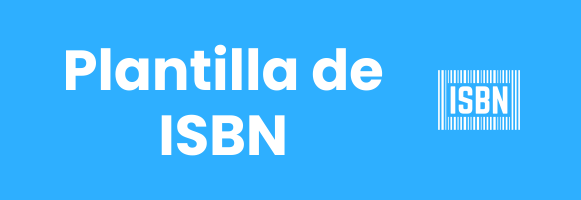





.png)
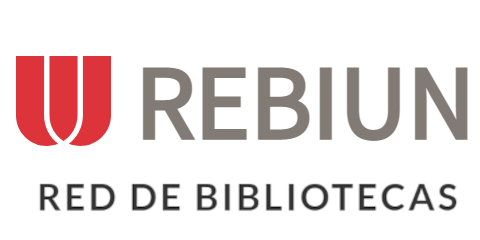









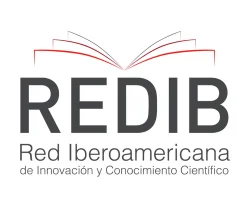



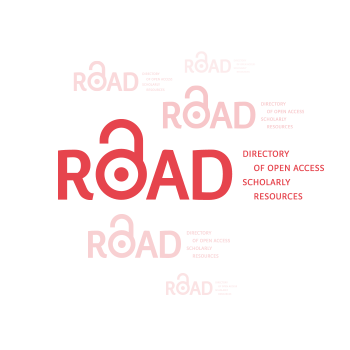

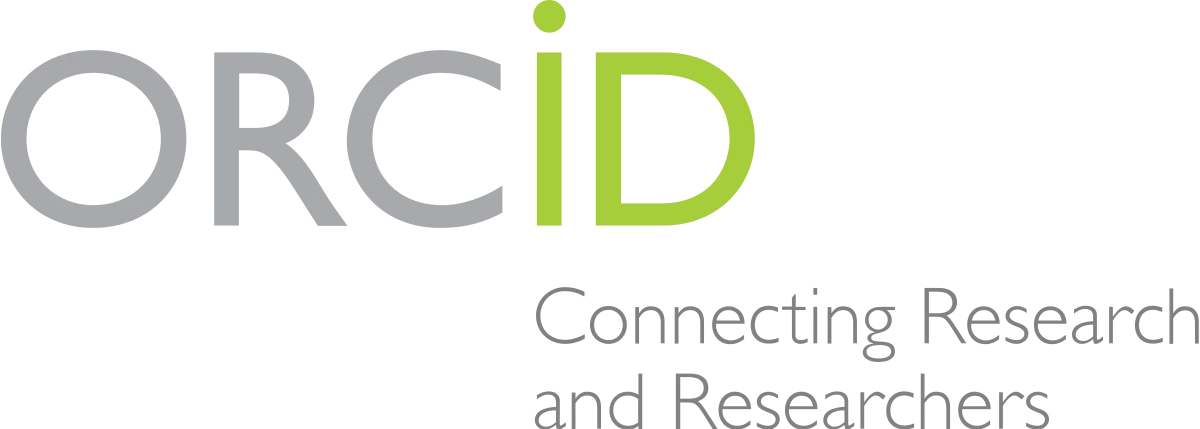



.png)
1.png)


